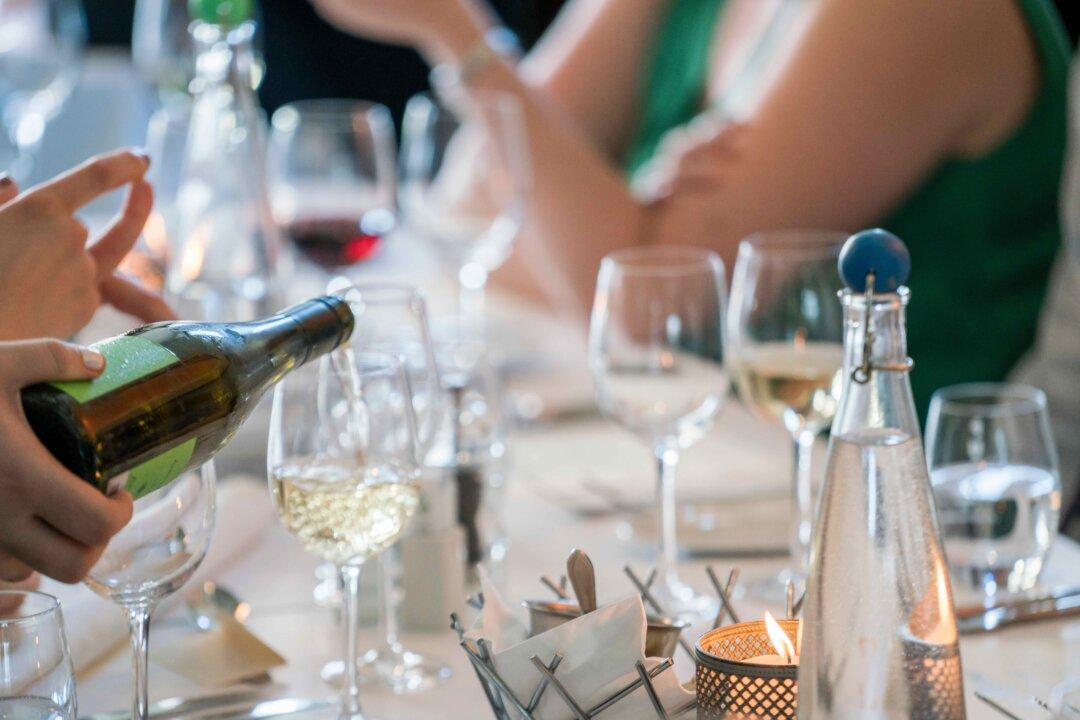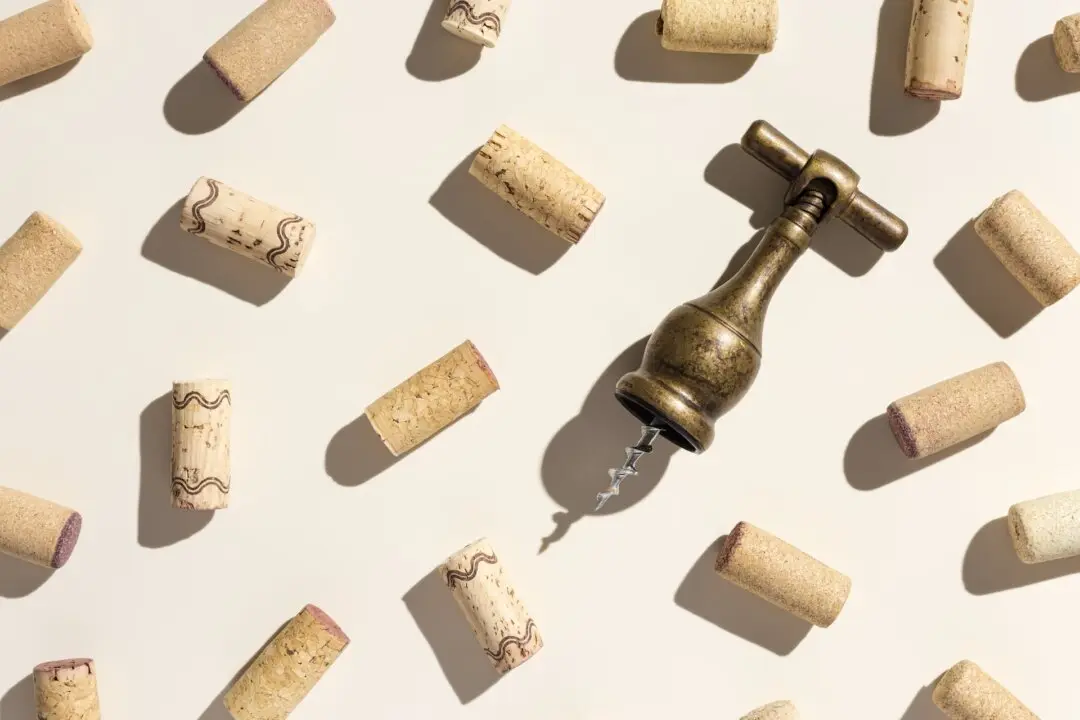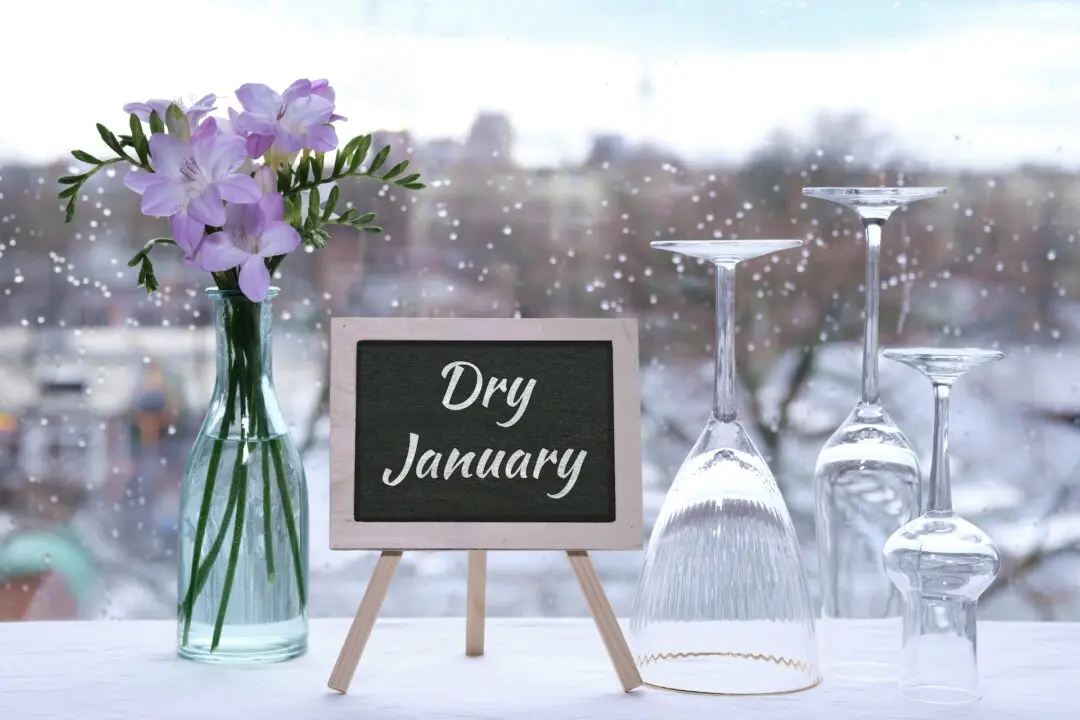You’re browsing the wine aisle in your local supermarket or wine shop and see a bottle that looks interesting. And the back label carries purple prose about how superb the wine’s fruit is.
But not all wine label text is accurate. What if the “dramatic fruit” the label says really refers to prunes? We all have bought wines that don’t appeal to us. What then?





